The top positions in the DXOMARK Camera ranking are almost exclusively occupied by devices in the Ultra-Premium segment — those with the highest retail prices and most impressive spec sheets. However, that doesn’t mean that smartphones in lower-priced segments cannot be powerful tools for mobile photographers.
Phones in the Ultra-Premium category tend to use high-end camera hardware components all around, aiming for top performance in all imaging areas. Often hardware specs in this segment are very similar between devices.
For the Premium segment, things look a little different. Designers might have to make compromises in some areas when picking hardware components. As a result, specifications in the Premium segment can vary a lot between devices, with devices showing performance strengths and weaknesses in different areas. For consumers looking to buy a Premium device, it’s important to find the device that is best for the type of imaging they do.
In this article we have picked four of the most popular devices in the Premium segment to compare, identifying their strengths and weaknesses and finding out which type of photography they’re best suited for. Here is an overview of the camera specs of the four candidates: the Google Pixel 5, the Samsung Galaxy S21 5G (Exynos), the Xiaomi Mi 11, and the Apple iPhone 12.
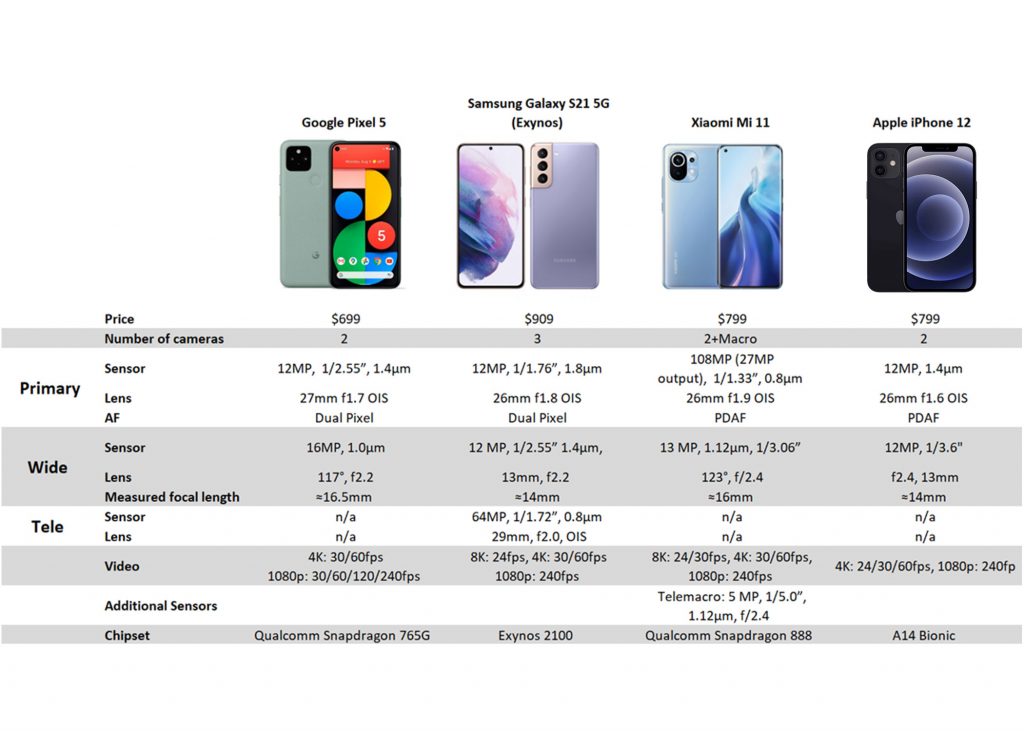
As you can see, there is quite some variation in the specs. All devices are powered by different chipsets, with Apple and Samsung using in-house chipsets, while Google and Xiaomi rely on third-party supplier Qualcomm. The Xiaomi Mi 11 is powered by the top-of-the-line Snapdragon 888; the Pixel 5 uses the lower-tier 765G, but given Google’s history of excellent camera software, this does not necessarily mean lower image quality.
There are also differences in the number of camera modules. The Samsung is the only phone in this comparison to come with a dedicated tele-lens; the others use digital zooming methods to provide zoom function. The Xiaomi is the only device to offer a macro camera (not covered by our test protocol). The Google and Apple rely on their primary and ultra-wide cameras only.
Inside the primary modules, the Xiaomi uses by far the largest image sensor with the highest resolution. It’s also the only Quad-Bayer sensor that bins output images down to 27 MP for better dynamic range and lower noise. The other three devices use conventional Bayer sensors. At 1/1.76″, the Samsung sensor is the second largest after the Xiaomi; both the Google and the Apple use smaller variants.
Let’s have a look at how these specifications translate into DXOMARK Camera scores.
Despite the lack of a tele-camera and a smaller sensor in the primary camera, the Apple iPhone 12 achieves the highest overall score, as well as the best Photo and Video scores. Its dedicated tele-camera helps the Samsung beat its rivals in the Zoom category by quite a margin, but the score gaps generally aren’t too big in these high-level categories.
Differences are bigger when looking at specific use cases, though. Let’s take a closer look at which phones are best for portrait, landscape and nature, zoom, low light, and video shooting.
Portrait
Most of us use our phones to take pictures of family, friends, and other people around us, making portraiture one of the most popular types of photography. Photographic skill is an important ingredient of a good portrait image, but the right tool definitely helps, too.
A good camera for portrait shots should make sure that the subject is exposed well; that colors and especially skin tones are natural-looking, and that texture is rendered nicely. A wide depth of field can help keep background subjects in focus and a well-done bokeh simulation is important for those who like the blurred background look of a DSLR with a fast lens.
Camera hardware for portrait shots
On the hardware side of things, a short tele with an equivalent focal length of around 50 mm is a plus, as it helps achieve a field of view that does not distort the subject’s facial features. This said, in our comparison, none of the devices features such a lens, and instead they all have to rely on the wide-angle camera for portrait shooting.
Depth of field is a function of sensor size and lens aperture. With all phones in this comparison featuring smaller sensors than DSLRs or mirrorless system cameras, and apertures that range from f/1.6 to f/1.9, a natural bokeh effect is only slightly noticeable — even on the Xiaomi Mi 11, which has the largest sensor. Those who prefer a stronger background blur do best by activating their camera’s bokeh simulation mode. On the plus side, the shallow depth of field helps maintain good sharpness on all subjects in group portraits
Portrait results
Let’s have a closer look at the image results now. An accurate exposure on the face is key in portraiture, and the iPhone 12 and the Galaxy S21 5G do the best job in this respect here, with slightly brighter skin tones than the Google and the Xiaomi.
Color rendering is, to a degree, subjective, and the differences in this comparison are fairly small. Overall, however, the Samsung delivers the nicest skin tones and best color generally.
For a nice portrait shot, you also want the focus set on the eyes of the subject. All four cameras in this comparison do well at this task, delivering good focus accuracy. There are some differences in focusing speed, though.
Zero shutter lag technology offers the ability to capture the image at exactly the same time the shutter button is pressed, without any delay. The iPhone, the Google Pixel and the Xiaomi Mi 11 feature this technology and capture the image right when the shutter is triggered (blue dotted line in the graph; shutter is triggered with a short delay after unfocusing the lens), or even slightly earlier. As you can see in this graph, there is a slightly longer delay of around 330 ms (time between triggering the shutter at 500 ms and capture) on the Samsung device.
Both the Apple iPhone and the Google Pixel 5 offer a wide depth of field, which means that subjects at the back will still be rendered nice and sharp. In comparison, the person in the back looks a lot softer on the Galaxy S21. The Xiaomi Mi 11 doesn’t quite have the same wide depth of field as the Apple and Google, but uses a clever focusing strategy that maximizes sharpness across multiple planes if it detects more than one person in the scene.
Photographers who prefer the same blurred portrait background that you would get from a DSLR and fast lens should have a close look at the dedicated portrait modes of these cameras, all of which offer a simulated bokeh effect.
In this mode, the Samsung Galaxy S21 5G (Exynos) is the only device to offer a focal length that is close to the 50 mm traditionally preferred by many portrait photographers (by cropping the image of its high-resolution tele-camera). This gives it a distinct advantage over its competitors, which all capture a much wider field of view that is less suited for this genre of photography. The Samsung portrait mode puts more emphasis on the subject by showing less of the background.
Best for portraits
What is the best phone in this comparison for portrait photography, then? Our pick is the Apple iPhone 12, which consistently delivers good face exposure, even in difficult conditions, pleasant skin tones, and a very good focus performance. The Google Pixel 5 comes in a close second, thanks to a good compromise between target exposure, texture, focus, and bokeh simulation. If bokeh is a priority, however, the Galaxy S21 5G is the one to pick, as its field of view in bokeh mode is closest to the requirements of most “classic” portrait photographers.
Landscape and nature
Landscape and nature pictures can be taken on vacation or during most types of outdoor activity and are therefore just as popular with many photographers as people pictures. Most landscape and nature shots are captured in daylight and a camera should deliver good texture, a wide dynamic range, and nice color in these conditions.
Camera hardware for landscape and nature shots
In terms of camera hardware, the size and resolution of the image sensor are important factors in achieving good image quality in landscape images. Both contribute to good detail and texture rendering as well as to a wide dynamic range.
In our comparison, the Xiaomi Mi 11 comes with the biggest sensor — one of the largest currently available in a smartphone. And at 27 MP, it also has the highest resolution. Its three rivals all capture 12 MP images and use smaller sensors.
Landscape results
In our comparison shots, the Xiaomi Mi 11 captures the highest levels of detail and has the most natural texture rendering without resorting to oversharpening. Together with the Google Pixel 5, it also shows the best detail in the shadow areas of the frame. The Mi 11 arguably delivers the nicest color rendering but is more limited than its rivals in terms of dynamic range.
The image results above are confirmed by our measurements in the lab. In the graph below you can see that the Mi 11 delivers the best detail across all light conditions. In bright daylight (1000 lux), the Google Pixel 5 and Samsung Galaxy S21 5G (Exynos) 5G come fairly close.
This graph shows the dynamic range score (computed from the measured ability to preserve highlights) for both tripod and handheld shots at 1000 lux, and with a 4 EV difference between the reflection of incident light charts and the backlit chart in out test setup. The Google Pixel 5 achieves the best results here, followed by the Samsung and the iPhone.
Best for landscape and nature
With its high resolution, the Xiaomi Mi 11 delivers the sharpest images and best detail and thus is an easy recommendation for landscape shooters, despite its slightly limited dynamic range. The Pixel 5 is a good choice, too. It doesn’t quite offer the Xiaomi’s level of detail but still captures very nice textures and comes with a fairly wide dynamic range, making it a nicely balanced device overall.
Zoom
Over the last few years the zoom capabilities of smartphones have increased greatly, with many devices now featuring dedicated ultra-wide and tele lenses and/or offering sophisticated super-resolution algorithms for digital zooming. This helps expand the creative possibilities of smartphone photography, allowing users to pack more scene into the frame or to capture a distant subject larger in the frame without changing their position. To offer maximum zoom performance, a smartphone camera should offer good results across all zoom settings, from ultra-wide to the longest tele settings. At DXOMARK we test zoom image quality on the ultra-wide camera from 12 to 18 mm in 2 mm increments; at the tele end, we test from 40 to 200 mm in 20 mm increments.
Camera hardware for zooming
For maximum zoom flexibility smartphone cameras require an ultra-wide camera that offers a very short focal length. At the tele end, a dedicated tele-zoom camera usually offers better results than tele-zooming can achieve using digital zooming algorithms on the primary camera.
All devices in this comparison come with a dedicated ultra-wide camera. The Samsung and Apple models use modules with the shortest focal length, measured at 14 mm. The Apple, the Google, and the Xiaomi do not feature a dedicated tele-cam and instead use digital zoom. The Samsung Galaxy S21 5G (Exynos) does come with a dedicated tele-module. However, it is unusual in that instead of a long focal length, it uses a lens that it is only slightly longer than the device’s primary camera, and achieves tele-zooming by using the sensor’s high 64 MP resolution.
Zoom results
At the wide end, the Samsung Galaxy S21 5G (Exynos) 5G and the Apple iPhone 12 come with the widest fields of view. Both measure 14 mm, but thanks in part to its larger sensor, the Samsung offers superior overall image quality, with better detail rendering and a wider dynamic range.
The Samsung is also the best choice at the long end of the zoom range. Despite not using a conventional tele-module with a long focal length, its tele-camera works well and delivers visibly better detail at longer zoom settings than its tele-less rivals. Thanks to the high-resolution sensor in its primary camera, the Xiaomi does reasonably well at short-range zoom lengths as well, but it cannot quite keep up with the S21.
The real-life results above are confirmed by our measurements in the lab. The Samsung Galaxy S21 5G (Exynos) 5G captures more detail than the competitors at both close- and medium-range zoom settings, and across al light levels from low light to bright daylight. This test measures texture performance but also takes into account focus capabilities and repeatability.
Best for zoom
The Samsung Galaxy S21 5G (Exynos) 5G is the best device at both ends of the zoom range and is therefore the most versatile device when it comes to zooming. It’s an easy recommendation to anyone looking for a smartphone in the premium segment that can deliver excellent image results across the zoom range.
Night shots
Taking pictures at night or in very low light with your phone can still be a challenge, but smartphone camera technology has come a long way and most of the latest-generation devices deliver much better low-light results than those from only a few years ago.
For a high-quality night shot, the camera has to be able to produce a good exposure down to very low light levels, but other image quality attributes such as texture, noise, and color are important, too. The camera has to make the most out of the little light it can gather and find a good balance between detail retention and noise reduction as well as render color naturally. Low-light shots are also a challenge for the autofocus system.
Camera hardware for night shots
A large sensor allows the capture of more light than a smaller one, so it is definitely a good thing to have. However, the image signal processor (ISP) and image processing in general also have a huge impact on low-light image quality. Low-light photography often requires long shutter speeds to achieve a good exposure, so an optical image stabilization system (OIS) is very useful in order to avoid blurriness through camera shake. In addition, laser, time-of-flight, or lidar systems can help make the autofocus faster and more reliable.
However, image processing and software in general are just as important in low-light shooting as hardware. For example, frame stacking in flash mode can drastically improve image results by merging a flash frame with non-flash frames for good exposure and texture as well as low noise levels on all image elements. This said, while this feature can be found on some of the latest ultra-premium devices, it has not yet made its way to any of the premium models in this comparison.
Night results
In our tests, the Apple iPhone 12 delivered good target exposures in very low light, as well as natural color and a sensible flash deployment strategy. In addition, its autofocus system works accurately in dim conditions.
Thanks to its large sensor, the Xiaomi Mi 11 renders textures nicely and keeps noise levels down, but exposure is often inaccurate and the autofocus struggles in low light, making it a less attractive option for low-light shots overall than the iPhone.
In our autofocus lab tests, we first unfocus the camera by moving a screen between the lens and the AF target; then we measure the time between pressing the shutter button and capture of the image after both a short and long delay between unfocusing and triggering.
The Apple iPhone 12 delivers the best autofocus results in low light (5 lux), with the shortest delay between pressing the shutter button and capture.
Best for night shots
The Apple iPhone 12 delivers the best performance overall for low-light and night shots in our comparison.
Video
Smartphone imaging is not only about still images, of course. Many users like to use video to record an event, a trip, or another memory in motion. All the same image attributes as for stills are important for video as well, but in addition, there is the temporal aspect to look at. For example, exposure should not only be accurate when the shutter button is pressed; it has to remain accurate during the entire recording and with changing scenery. And, too, exposure and white balance transitions should be smooth, and the autofocus has to adjust swiftly and smoothly to changing subject distances. Stabilization is important to keep things steady when walking or running with the camera.
Camera hardware for video
Software-based multi-frame HDR exposures have been used in still images for a long time, but the method is difficult to apply to video because this kind of software requires a lot of processing power that is simply not available on some devices. Hardware innovations in sensors and chipsets are therefore even more important for video than they are for still imaging.
For example, qHDR (Quad-sensor HDR technology) and staggered HDR sensors that can increase the dynamic range of video clips are now available on the market. This said, it’s hard to tell if they’ve already been implemented on any of the devices in this test. Additionally, manufacturers are looking to improve video quality through new formats; for example, the iPhone 12 uses Dolby Vision HDR format as its default video format.
Video results
The iPhone records the widest dynamic range in this comparison, capturing good detail in both the highlight and shadow areas of the scene. It also is capable of delivering better exposures in low light than the competition.
The Xiaomi Mi 11 is also a good option for video shooters, recording more detail than its rivals and keeping noise levels low at the same time.
In our lab exposure tests you can see that the iPhone captures brighter exposures in low light than the other devices in the comparison, making it a good option for recording video in dim conditions — for example, in a bar or club.
Best for video
The Apple iPhone 12 and the Xiaomi Mi 11 are the best options for mobile photographers among the rivals in this comparison.


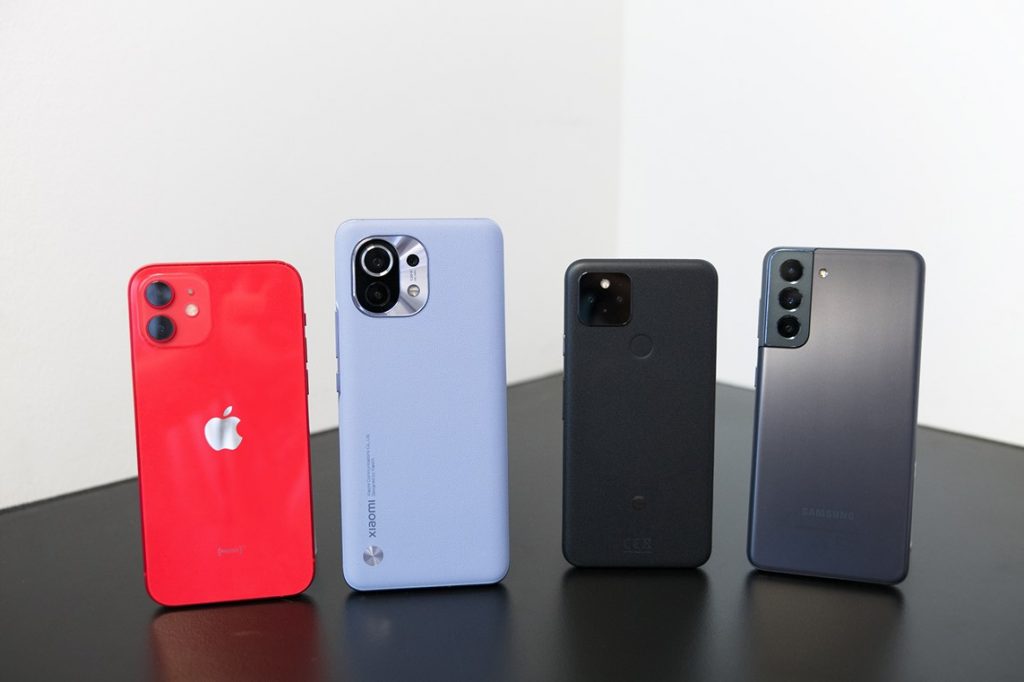



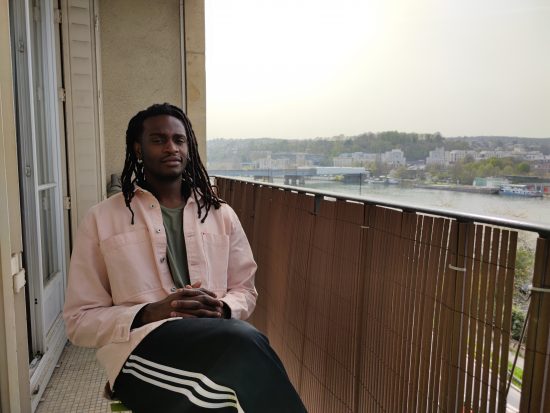
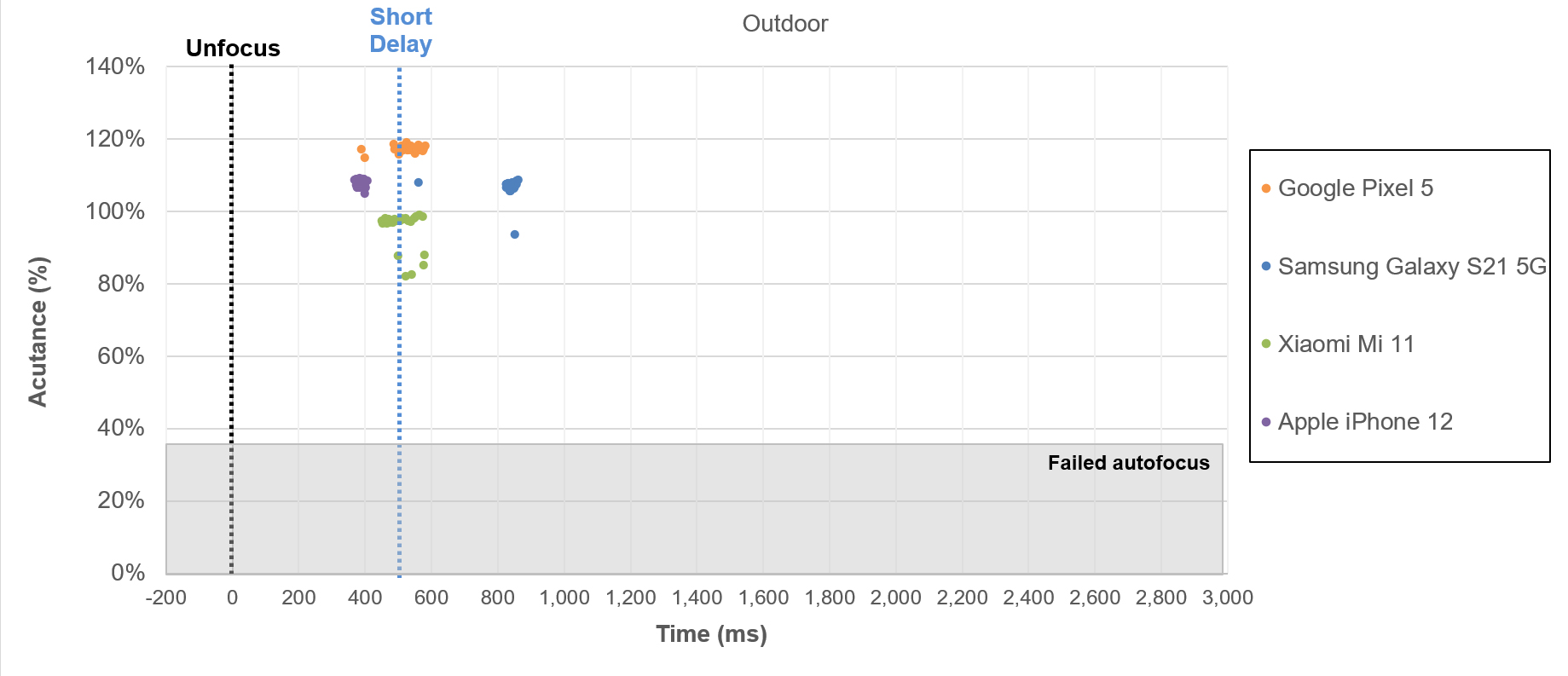
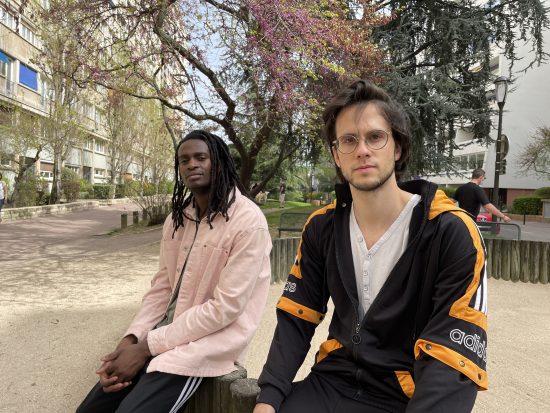
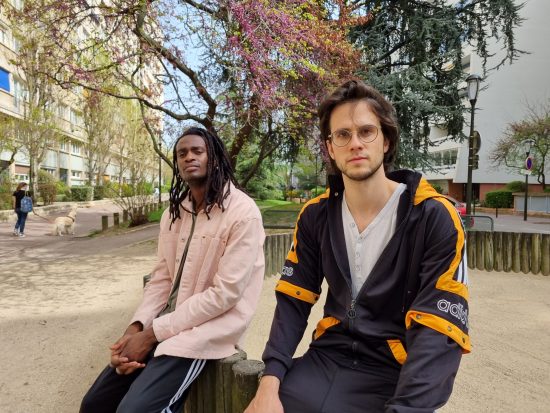
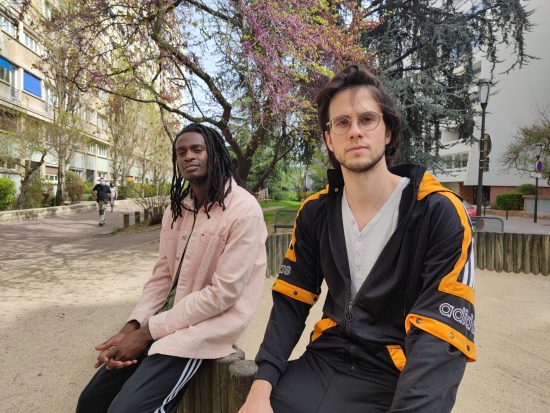



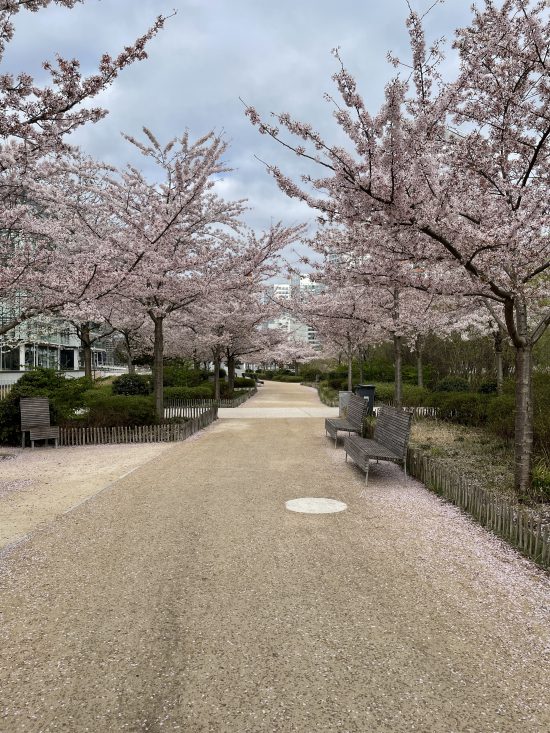
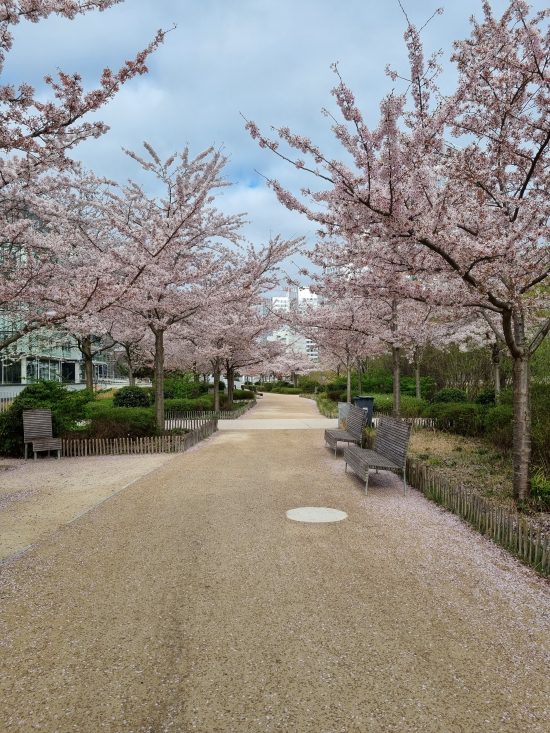
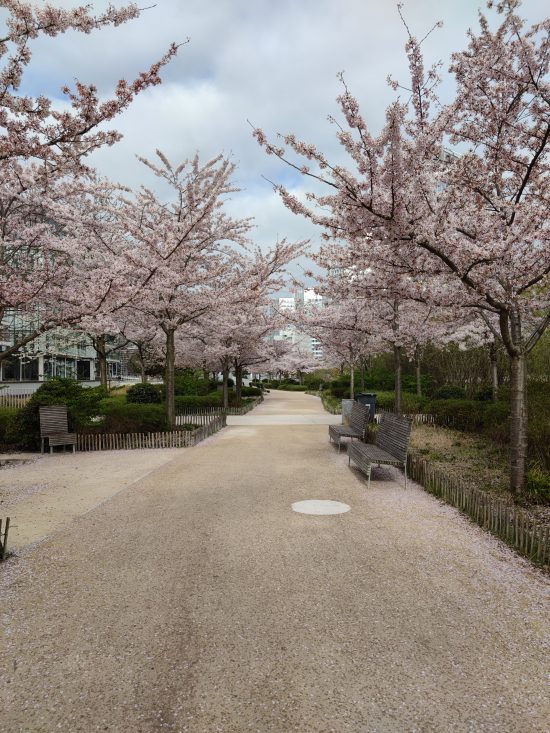
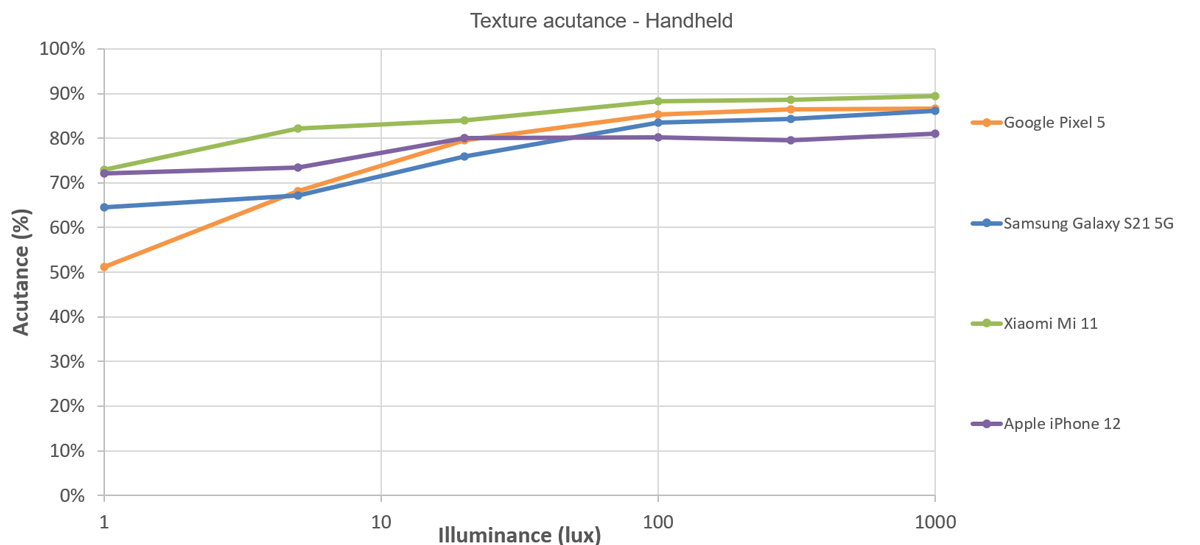
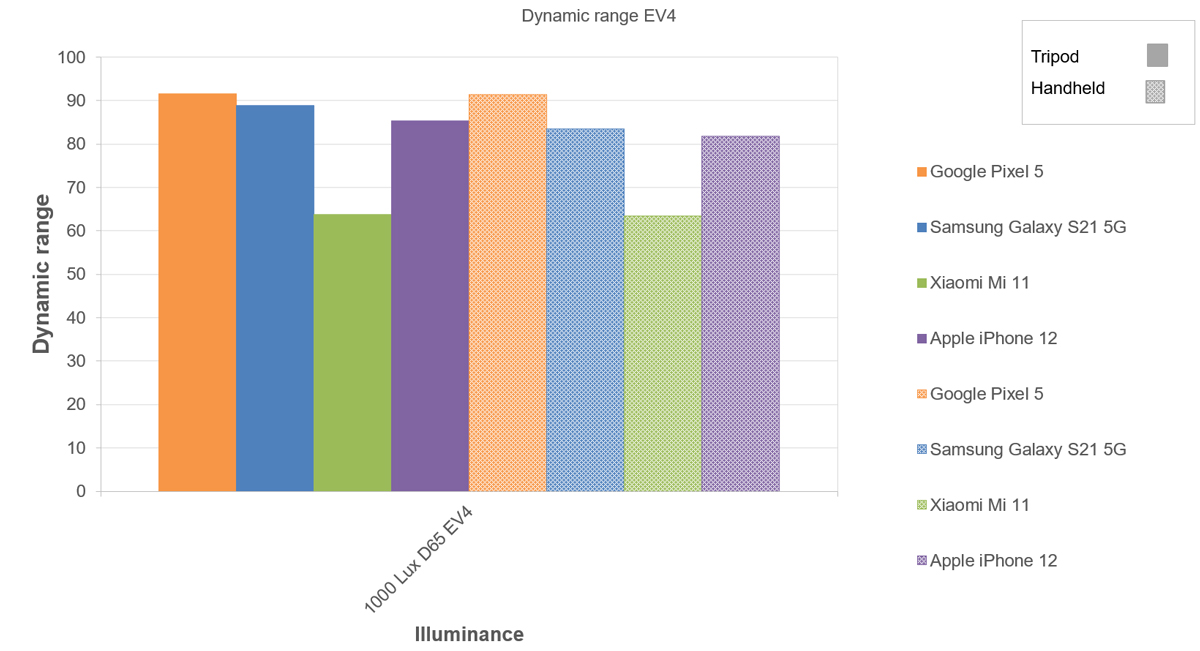
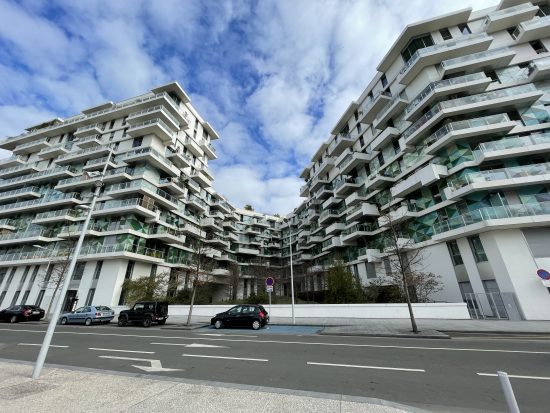
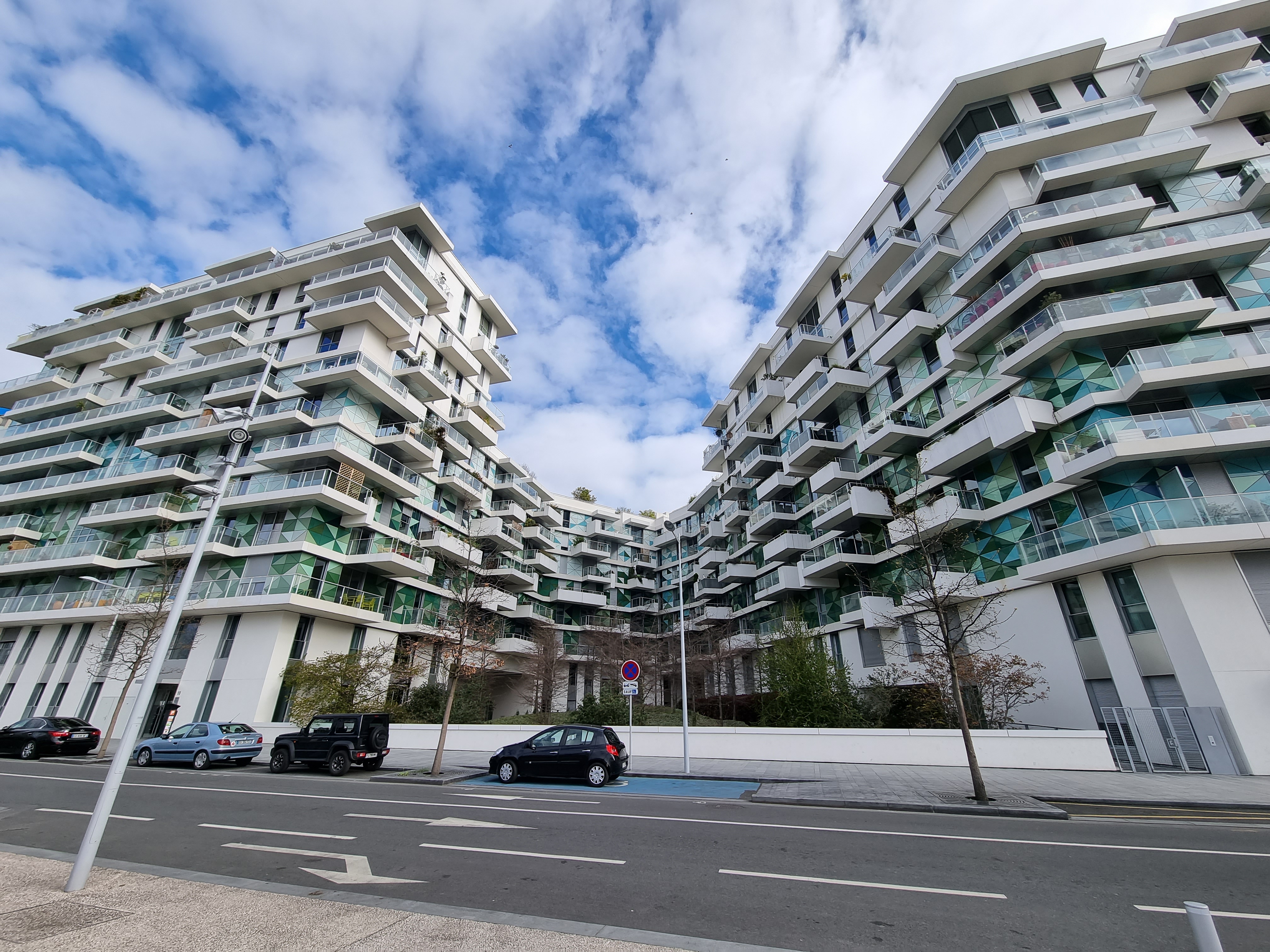
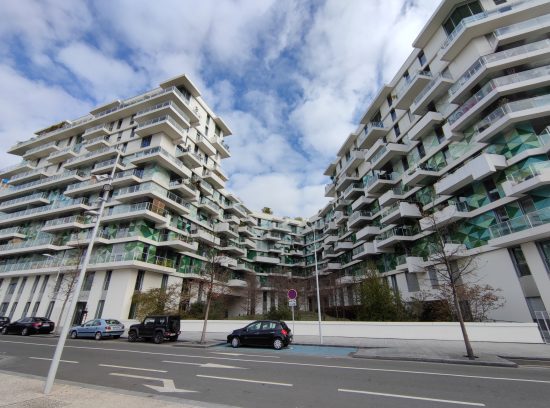
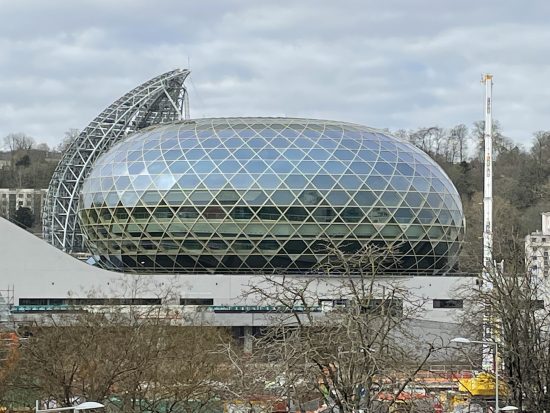
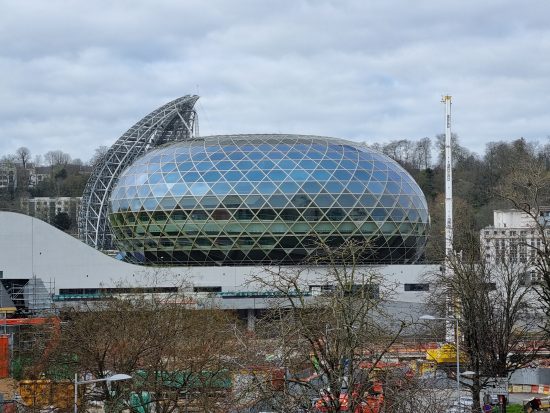
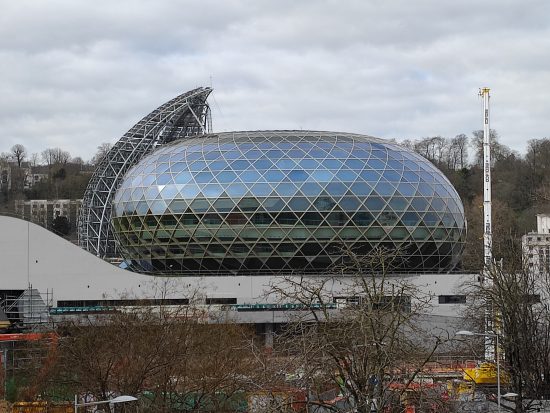
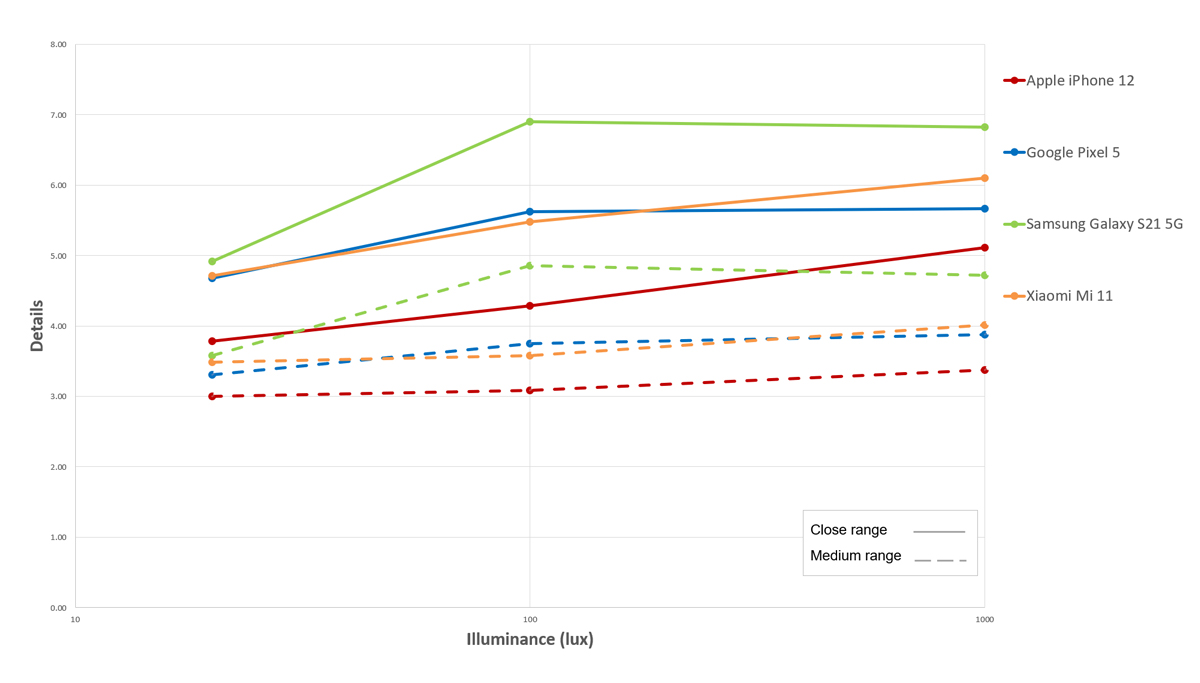

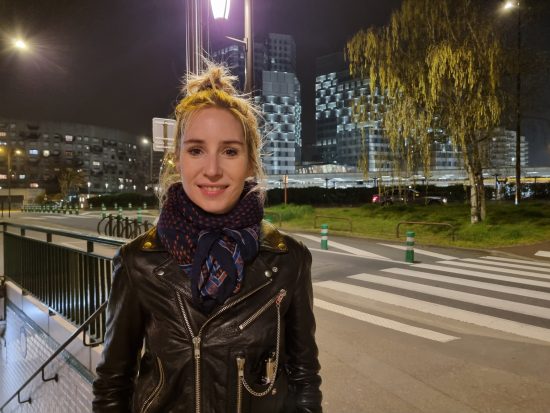
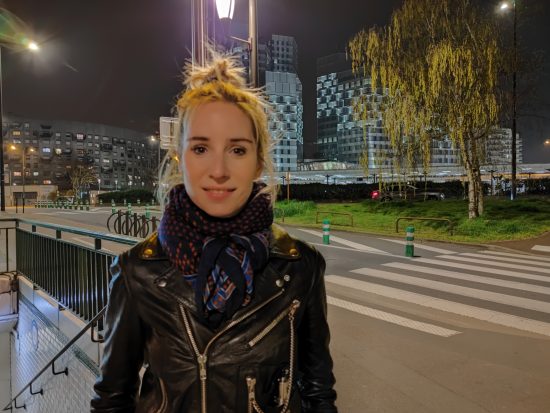
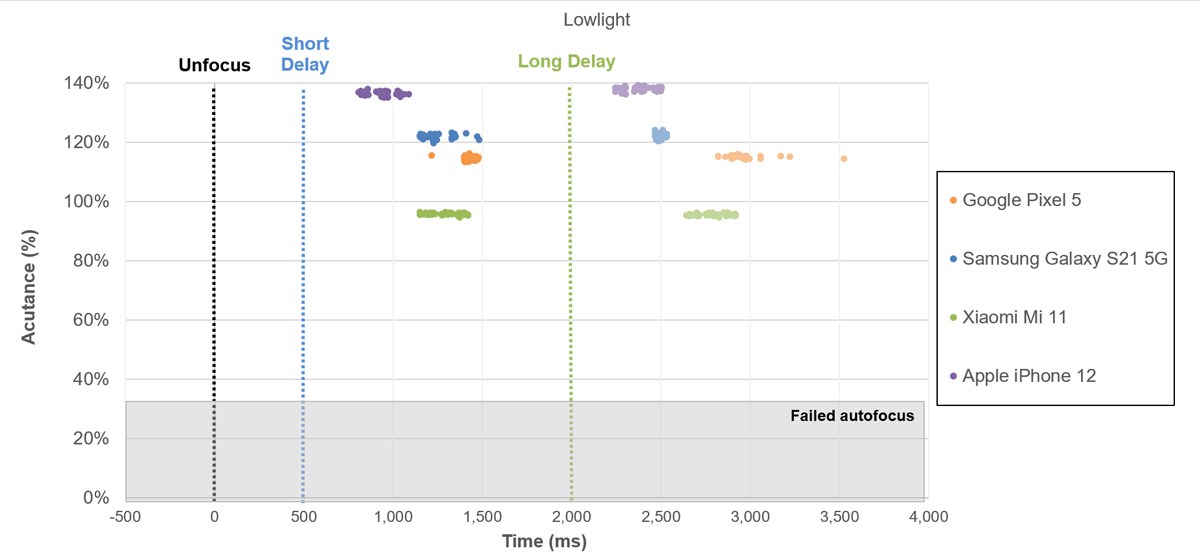
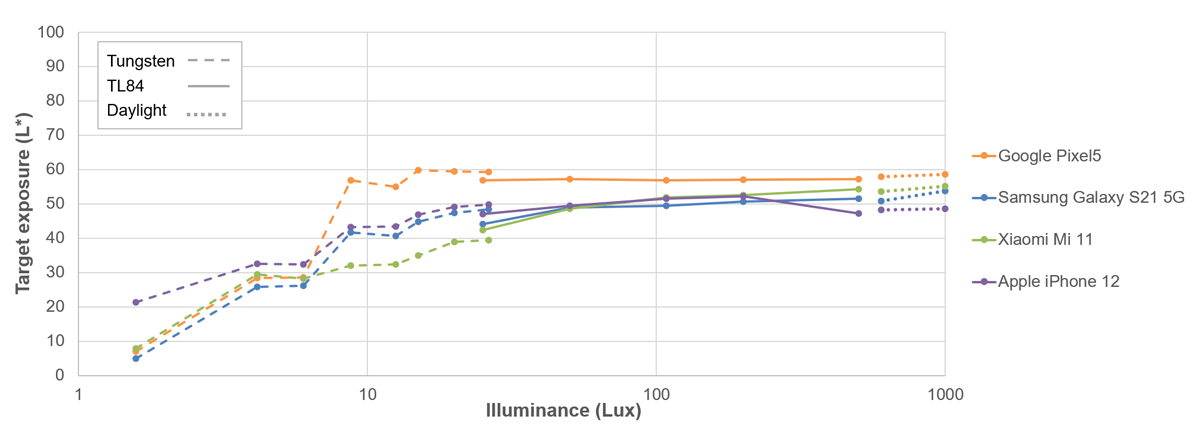
DXOMARK encourages its readers to share comments on the articles. To read or post comments, Disqus cookies are required. Change your Cookies Preferences and read more about our Comment Policy.